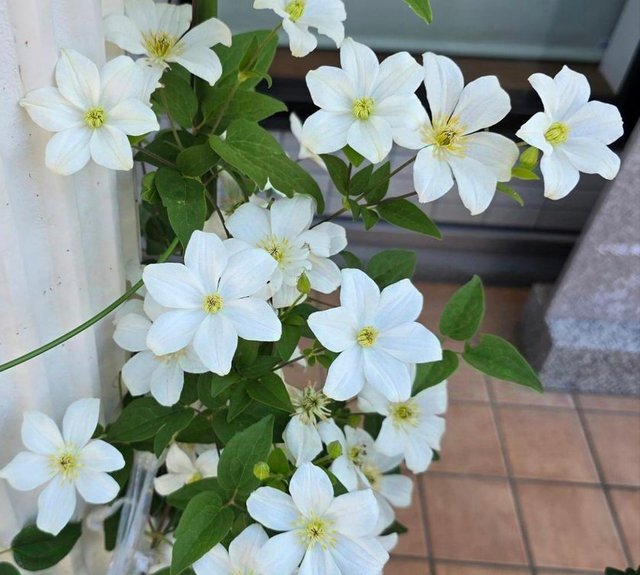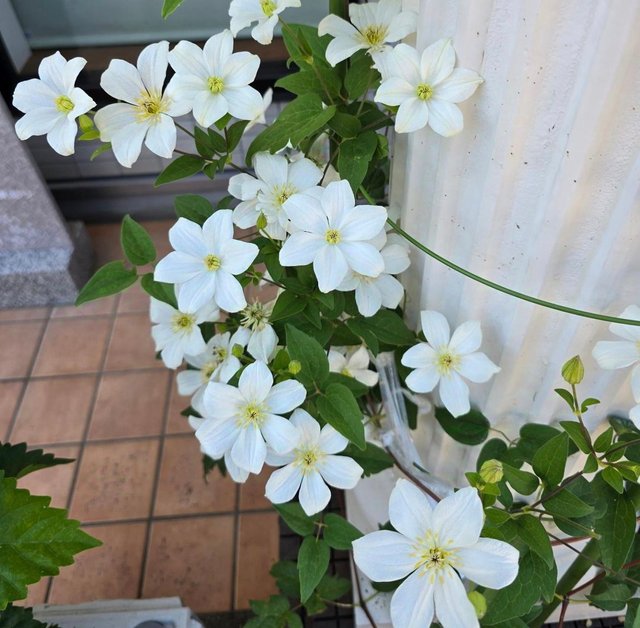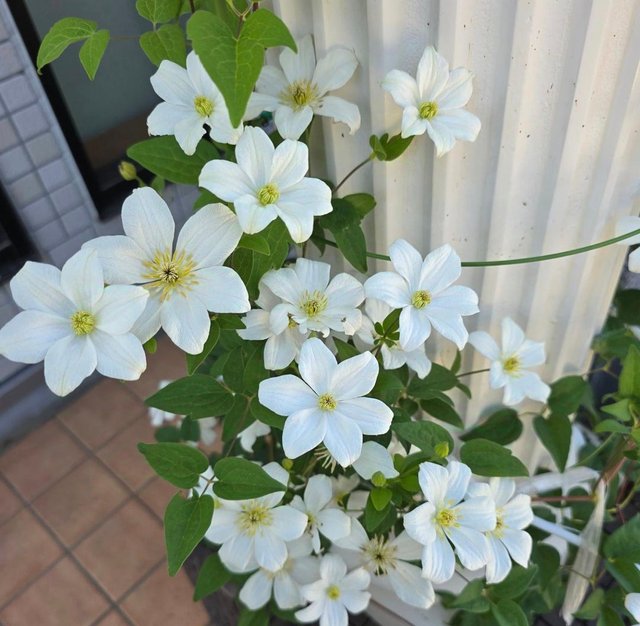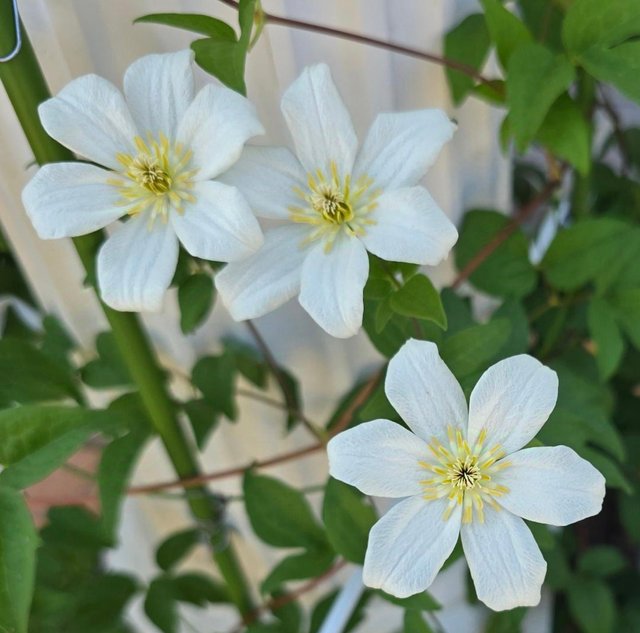Clematis lanuginosa -The Regal Flower of Gardens




Clematis lanuginosa a member of the Clematis genus, is a remarkable flowering plant known for its large, showy blooms and vining growth habit. Native to the Zhejiang province of China, this species has long been cherished by gardeners worldwide for its exceptional beauty and has been extensively used in hybridization to create some of the most beloved clematis cultivars. In this post, we’ll explore its characteristics, growth habits, and tips for cultivating this stunning flower in your garden.
Clematis lanuginosa is a deciduous, woody-stemmed perennial that belongs to the Ranunculaceae family. The species was first introduced to the Western world in the mid-19th century, around 1851, and quickly became popular due to its stunningly large flowers. It’s often referred to as one of the foundational species for many of the large-flowered clematis hybrids seen today.
One of the most distinctive features of Clematis lanuginosa is its breathtakingly large flowers. The blooms can reach up to 20 cm (8 inches) in diameter, making them some of the largest in the Clematis family. The flowers typically feature six to eight sepals that have a satin-like sheen, contributing to their elegant appearance.The natural color of Clematis lanuginosa flowers ranges from soft pastel hues, including white, light blue, and pink. Some of the more famous cultivars, such as 'Candida,' showcase pure white flowers, while others display more lavender or pink tones.
The flowers of Clematis lanuginosa are characterized by their open, slightly cupped shape, with sepals that are smooth and lightly textured. The central boss of golden yellow stamens provides a striking contrast to the soft colors of the petals, enhancing the overall beauty of the flower.Clematis lanuginosa is a vigorous climber, capable of reaching heights of up to 10-12 feet (3-3.5 meters) under ideal conditions. Like many clematis species, it uses twining leaf petioles to anchor itself to nearby structures, making it ideal for growing on trellises, pergolas, or fences.
The leaves are opposite, pinnate, and typically 3-5 leaflets per stem. The foliage is dark green, providing a perfect backdrop to highlight the bright and airy flowers. True to its name, "lanuginosa," which means "woolly," the stems and sometimes the undersides of the leaves are covered in fine, soft hairs.Clematis lanuginosa is relatively easy to cultivate, especially in temperate climates. It thrives in well-drained soil and appreciates a sunny location with some afternoon shade, as full sun during the hottest part of the day can sometimes cause the flowers to fade prematurely.
